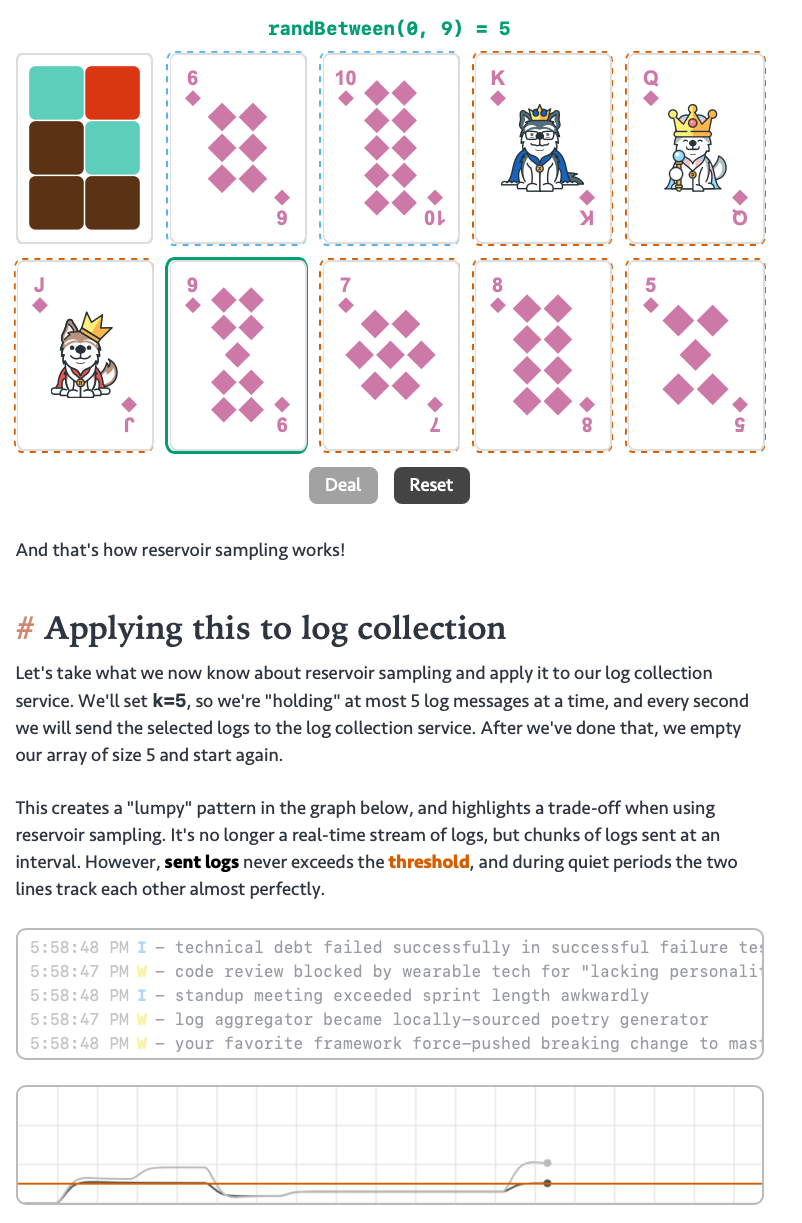Simon Willisson’s 10 years of Django presentation
I remember using Django back in 2010. There were a few problems with it:
- Deployment: you could not just upload files like with PHP, you had to rely on some
cgi-binmagic (fastcgi was introduced later, if I am not mistaken), making me buy my own VPS for the first time, which I still use to run this website, now deployed using Phusion Passenger. - Versioning: There was no stable version. Each project I started, I ended up following the official recommendation: use the trunk version! For the young developers out there, trunk is SVN’s main branch. So there was no stable version I could use, or keep all my websites on the same version and every 6-or-so months upgrade all of them.
And that’s it. Everything else was awesome: nice templating system, URL scheme, MVC (MTV in their style) pattern, image uploads, etc. The one thing missing for large-scale applications was migrations (the main thing Ruby on Rails had and Django didn’t). But that did not stop me. Migrations were done manually in the shell. For a one-man job, it worked perfectly.
Besides this website, I build a project management tool for jeKnowledge (a junior company I founded back in 2011), an App Store for a touch screen wall, a Python blog aggregator and a few other pet projects. Later, I would end working on a startup for tennis match-making as well as on a web application for automating genomics testing, all in Django.








